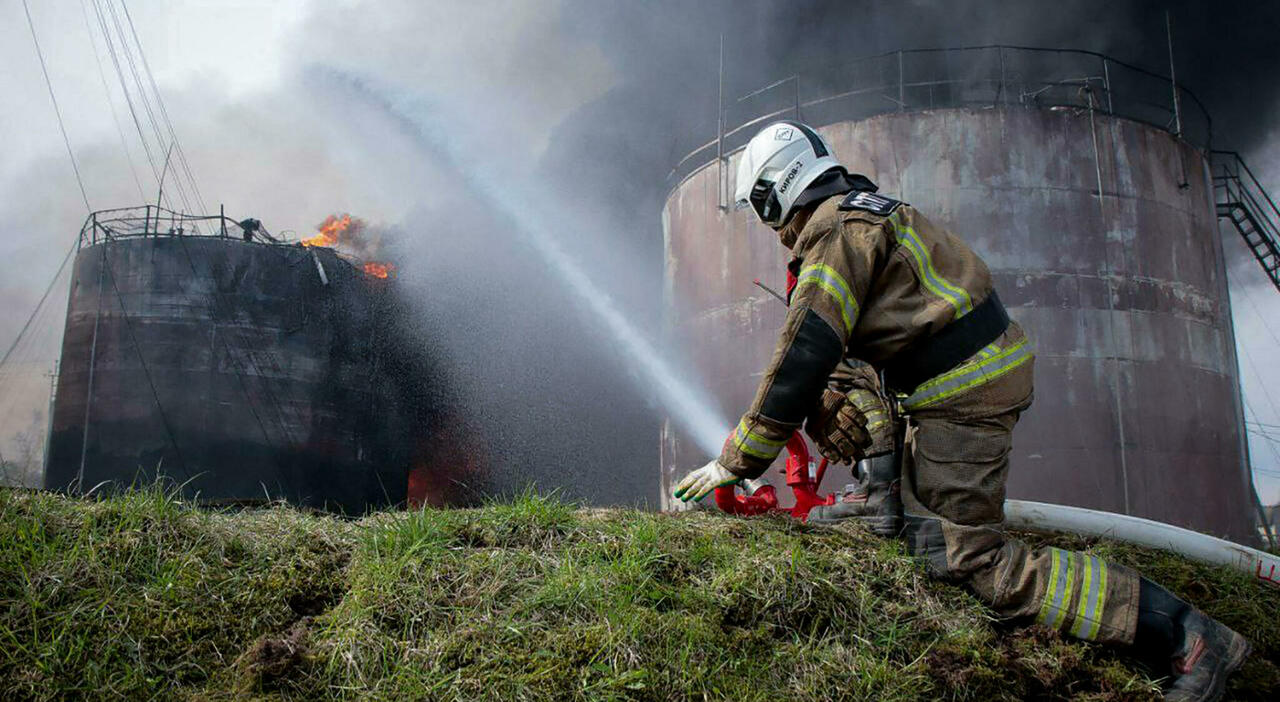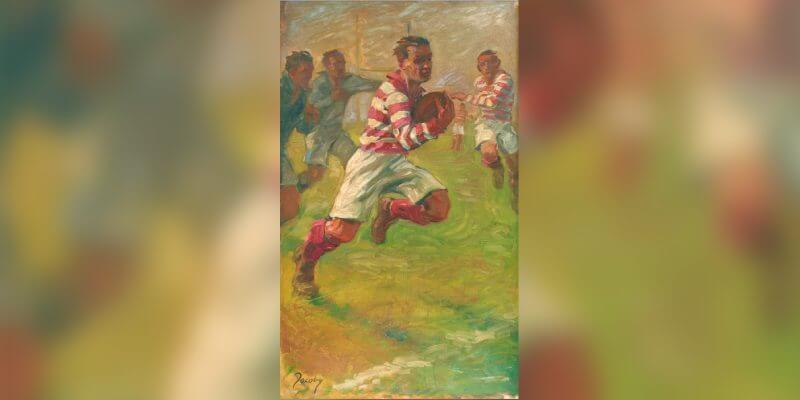Before 1948, the audience of one version of the Olympic Games experienced a scene not unlike that of the modern Olympic Games. Most of the sports of the time – such as rowing, water polo or fencing – have survived in later versions, with rules and processes that, without technological developments, remain more or less the same. But in those years, in addition to the usual sports competitions, there was also a section not related to sports, which today seems strange to imagine: the section devoted to competitions in painting, sculpture, music, literature and architecture.
It was the founder of the International Olympic Committee (IOC) Pierre de Coubertin who wanted this little-known aspect of the Olympics today that was part of the tournaments organized between 1912 and 1948. As the magazine wrote Atlantic Ocean In 2012, De Coubertin wanted to combine aesthetics with athletics, in the tradition of the ancient Greek Olympic Games. So introduce these categories and some criteria that participants must adhere to: their actions must have a clear connection to the “Olympic Concept” or more generally with athletes or sporting events. Literary works must have a maximum word limit of 20,000 words, which are in turn divided into three subcategories, namely plays, lyric or epic poetry.
Few people know this part of Olympic history because it did not leave many traces. In competitions, as also in sports, only amateur performers could participate, which prevented access to the most famous and talented professionals. Therefore, the produced works were quickly forgotten, and today it is difficult to find evidence of them, because the artistic section of the Olympiad did not receive much attention from cultural circles of that time. Among other things, historian Bernhard Kramer has tried to do some research in this regard, and has concluded that most of the works produced by artists winning some medals have been lost.
Among the editions with the most remembered artwork was the 1936 edition in Berlin, which was special for several reasons including the advantage that German artists had, because of the great imbalance that existed in the international jury: 29 judges from Germany and 12 from other European countries. Five of the nine gold medals in the technical field went to the German participants, while in the previous two editions Germany could only win one gold medal.
However, the Berlin Olympics faced some organizational problems, as there was an intention in many countries to boycott them to give a reference to Nazi Germany and dictator Adolf Hitler. However, the boycott failed once the United States decided to participate in 1935, and to incorporate as many countries as possible Germany decided to extend the registration period. Other problems arose for the organization of art competitions, which did not arouse much interest in the German public. It was decided to remedy this problem by focusing a little on the cultural significance of those competitions, through publicity and the publication of a custom poster.
In the end, after 1948, art competitions were mostly abandoned For problems related to the amateur issue. While the sports side was also open to professional athletes, which increased their competitiveness, the technical side remained steadfast in this possibility, especially at the request of the President of the International Olympic Committee, American Avery Brundage. Moreover, the themes with which the artists were associated did not leave much room for creativity. The judges of the last editions awarded fewer and fewer medals – there was also this possibility, then – in protest of the decision to disqualify the professionals.
In the end, after the 1948 London Olympics, it was decided to maintain the artistic performances but in another event parallel to the Olympics and not as competitive. The 151 medals awarded to that point have been canceled from the number of individual countries.
– Read also: The number one problem in the Olympics is getting there

“Entrepreneur. Social media ninja. Music nerd. Award-winning introvert. Beer trailblazer.”







More Stories
“Technical Signature”, scenario
The end of Milan and Inter's fight over the Scudetto. And drink…
Fear for Carlos Tevez: He is urgently hospitalized due to severe chest pain